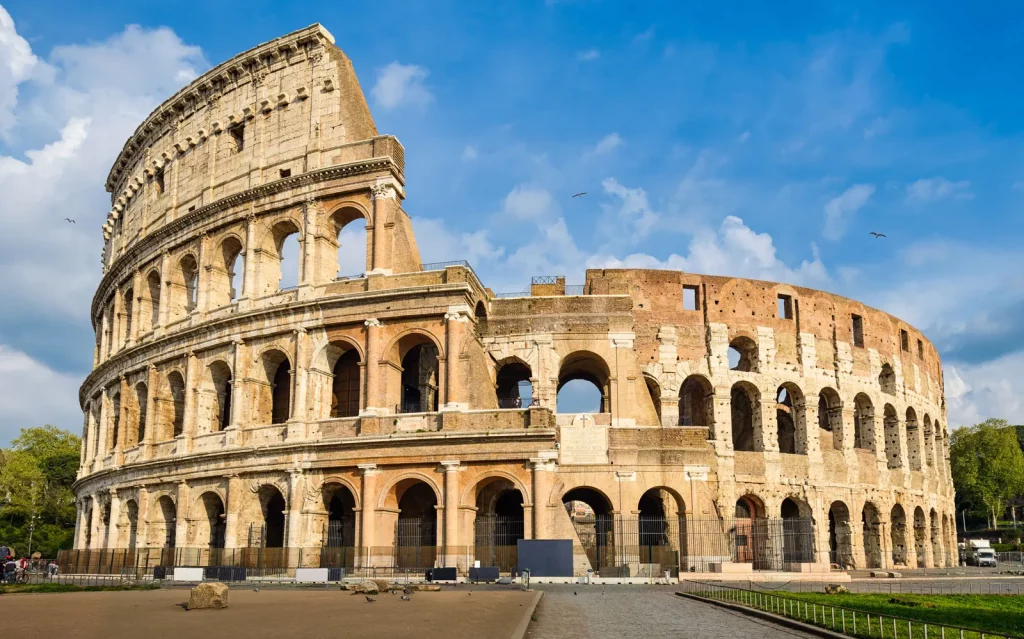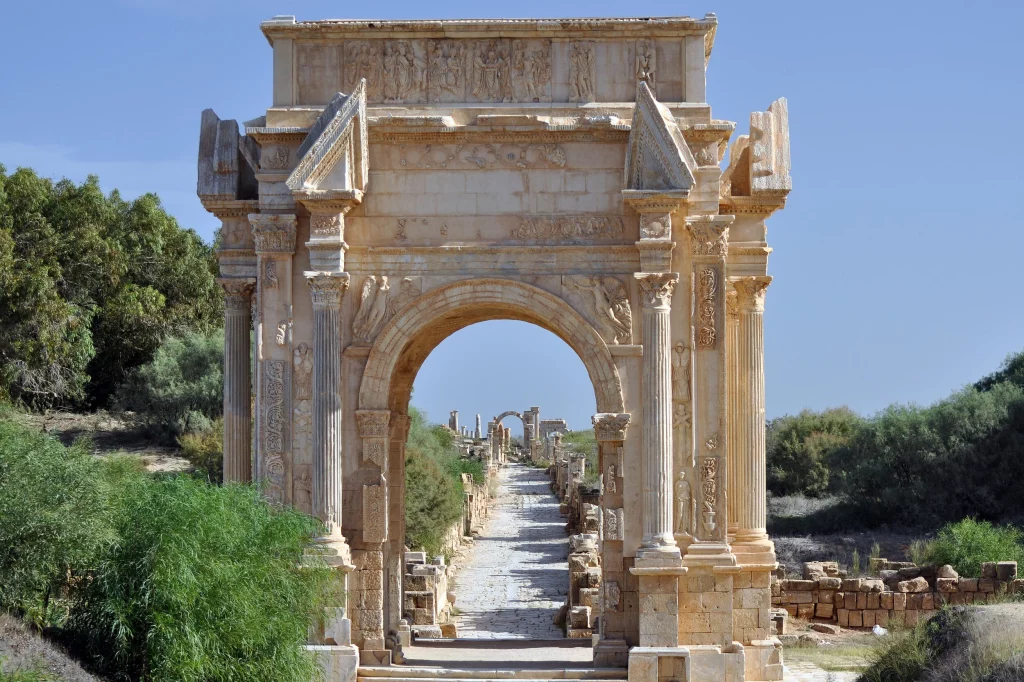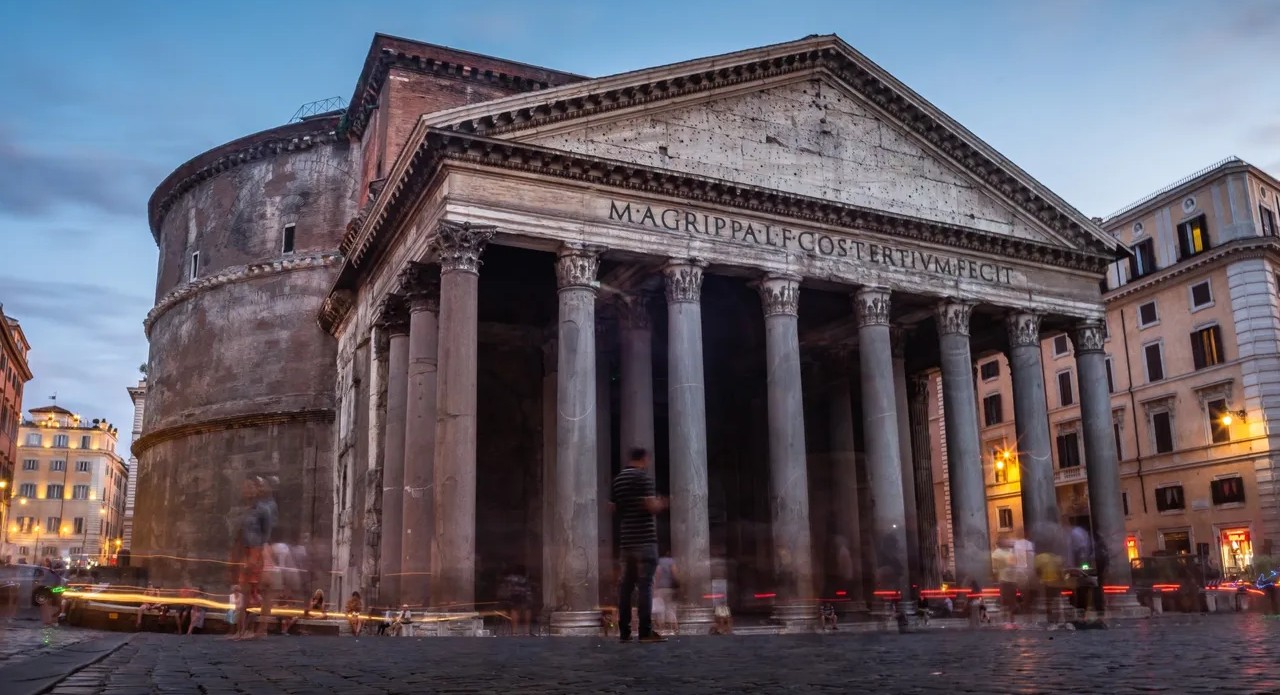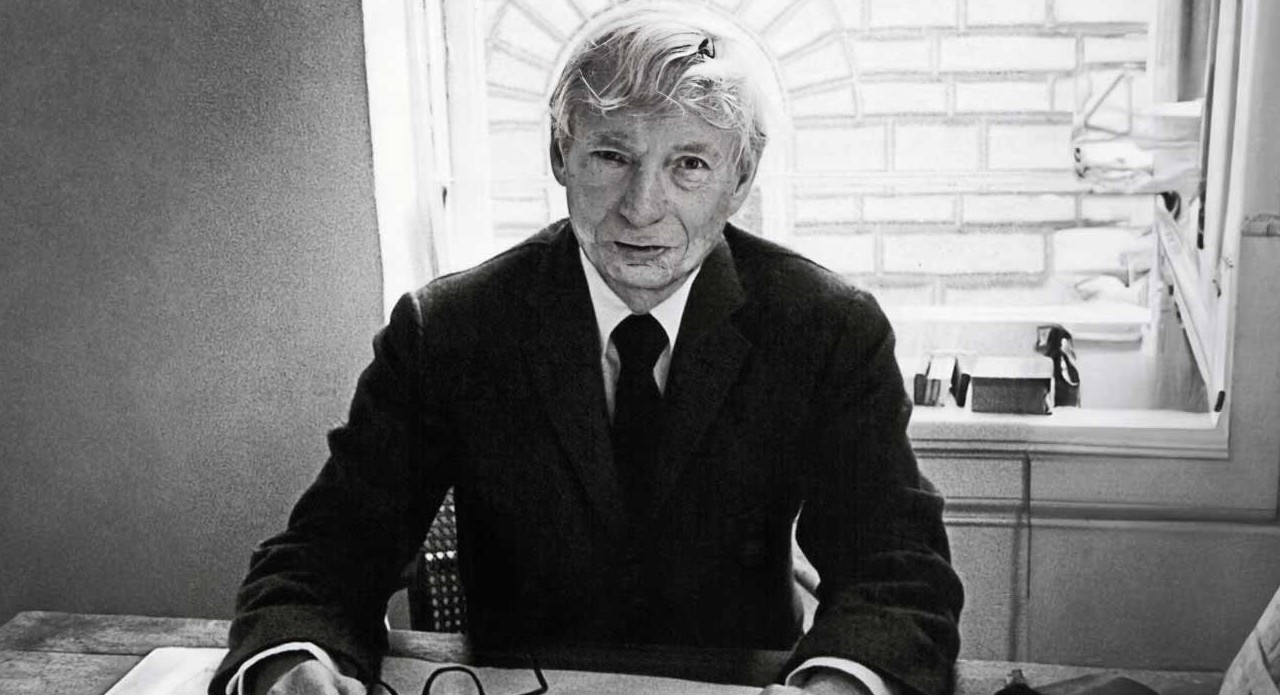Few legacies have aged as gracefully or grandly as Rome’s, and to call Roman architecture influential would be an understatement; it’s the very DNA of Western design. From the columns of Washington to the arches of Paris, the ghost of Rome still walks among us, disguised in marble, concrete, and proportion. The Romans didn’t just build cities; they engineered permanence. They believed that every stone laid was an act of immortality — that to construct was to conquer time itself. What began as a modest borrowing from the Greeks turned into a full-blown architectural revolution. The Romans took the symmetry of Hellenic design and injected it with scale, ambition, and a mastery of materials that felt almost supernatural. Their secret weapon? Concrete — the magic mix that let them curve walls, lift domes, and make geometry dance. This wasn’t architecture for living; it was architecture for lasting.

The Colosseum, the Pantheon, the aqueducts, the roads — each was less a project and more a declaration. The empire’s grandeur wasn’t measured in wealth or armies, but in arches that stood centuries after the emperors turned to dust. The Romans knew how to build drama into durability, crafting structures that could host both gladiators and gods.

Roman architecture was a reflection of its people — disciplined, daring, and endlessly inventive. Its language was one of order and innovation: the arch that distributed weight, the vault that extended space, and the dome that redefined the heavens. These weren’t just aesthetic choices; they were feats of engineering genius. The Pantheon’s dome, for instance, remains the world’s largest unreinforced concrete dome nearly two thousand years after it was built — a testament to mathematical precision and a stubborn refusal to obey gravity.
But Rome’s architectural impact went beyond monuments. It shaped infrastructure — aqueducts that delivered water across vast distances, roads so perfectly built that many still form the backbone of European highways, and amphitheatres that became the blueprint for modern stadiums. Every brick, every pillar, every measured proportion spoke of a society obsessed with control, order, and legacy.

And yet, beneath the marble and might, Roman architecture was deeply human. Its spaces were designed for gathering — from bustling forums and bathhouses to theatres and temples. It was architecture that brought people together under one roof, both literally and ideologically. The empire’s stone and concrete carried its politics and its culture — tangible propaganda for power, and beauty designed to inspire obedience as much as awe.
Over the centuries, the fall of Rome didn’t end its architecture; it only gave it new names. Renaissance architects revived its symmetry, Neoclassical designers borrowed its gravitas, and modernists quietly stole its structural logic. You’ll find traces of Roman order in the U.S. Capitol, in the façades of Paris, even in minimalist concrete cathedrals that swear they’re entirely new. The truth is, every modern skyline still owes a nod to the empire that refused to crumble.
Rome’s genius wasn’t just in its stones — it was in its sense of story. To the Romans, buildings weren’t just shelters or symbols; they were statements. They told of empires that would outlive their rulers, of gods that would outshine their worshippers, and of craftsmanship that would outlast the centuries. Two millennia later, the lesson remains the same: build well, build boldly, and build to endure. Because while empires may fall, Roman architecture never really did — it just evolved, timeless as the arches that still hold the weight of history.











